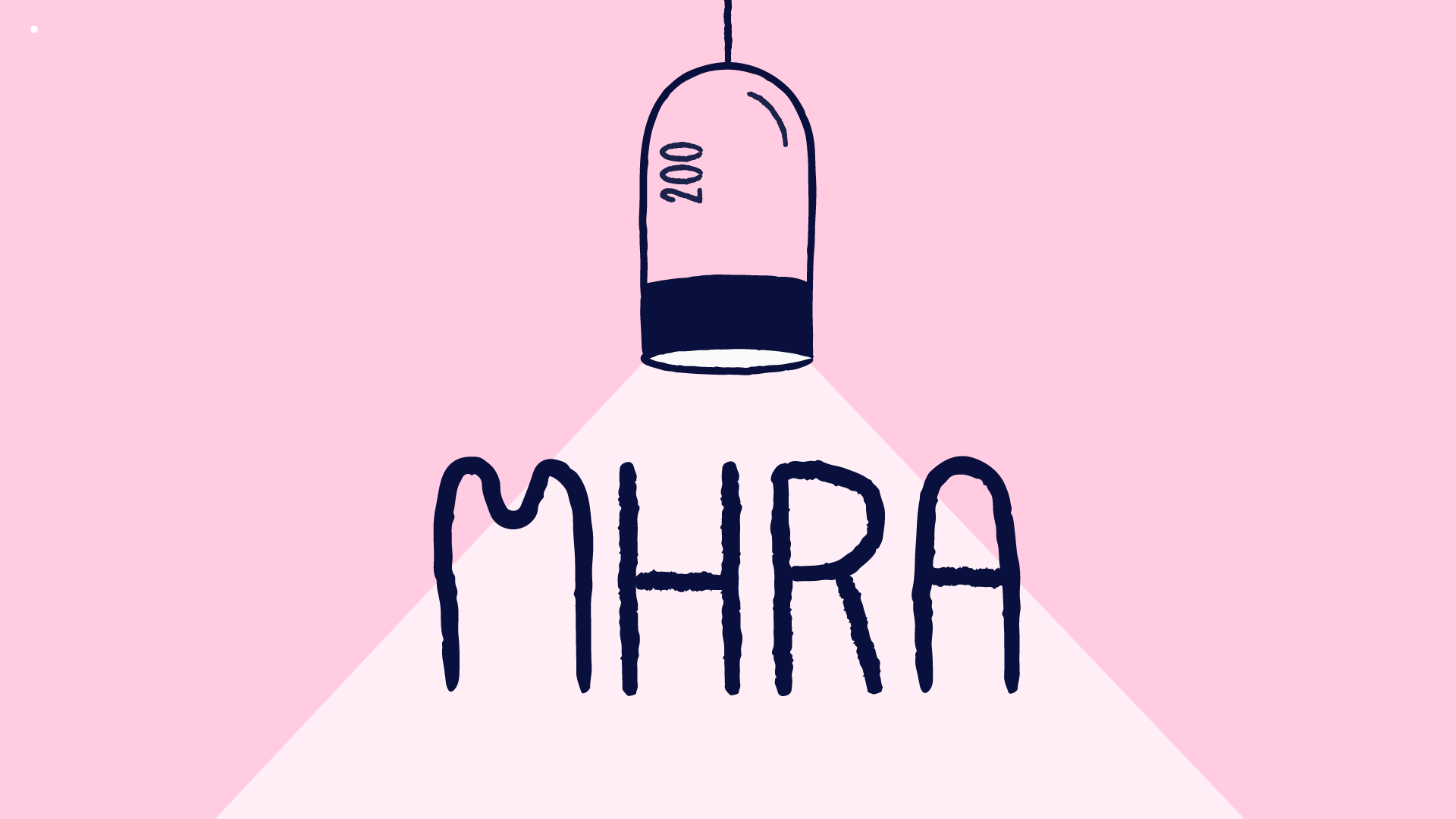
When the updated European Medical Device Regulation (MDR, 2017/745) and In Vitro Diagnostic Regulation (IVDR, 2017/746) were issued in 2017, the European Commission increased the requirements for monitoring the behavior of medical devices in the market. It introduced stricter post-market surveillance and vigilance requirements for both traditional medical devices and in vitro diagnostic devices.
According to Section 1 of Chapter VII of the MDR and IVDR, any medical device manufacturer must establish a post-market surveillance system tailored to their device’s risk classification, as part of their quality management system. The post-market surveillance system should actively and systematically gather and analyze relevant data on the medical device's quality, performance, and safety throughout its lifetime.
This is done through a post-market surveillance report for manufacturers of lower-risk devices (Class I medical devices and Class A and B IVDs). In contrast, higher-risk devices (Class IIa, Class IIb, Class III medical devices, and Class B and C IVDs) require a periodic safety update report (PSUR).
Periodic safety update report (PSUR): The basics
The periodic safety update report is a summary of the conclusions reached after analysis of post-market surveillance data gathered in the period after the last submitted report. It describes and justifies any preventive and corrective actions taken.
The periodic safety update report is described in Article 86 of the MDR and Article 81 of the IVDR. Further guidance can be found in the document by the Medical Device Coordination Group Document MDCG 2022-21: Guidance on periodic safety update report (PSUR) according to regulation (EU) 2017/745 (MDR), issued in December 2022.
The periodic safety update report should include the following:
- The conclusions of the benefit-risk determination, i.e., if the benefits of the device continue to weigh heavier than the risk associated with the use of the device
- The main findings of the post-market clinical follow-up
- The volume of sales of the device and an evaluation of the size of the population using the device, and usage frequency, if practicable
The periodic safety update report is based on the post-market surveillance plan described in Article 84 of the MDR and Article 79 of the IVDR.
Why is the periodic safety update report so important?
The obvious answer is that the report is a part of obtaining compliance and CE marking within the European Union. A more rounded answer is that the periodic safety update report helps medical device manufacturers evaluate the benefit-risk profile of their devices during repeated daily use. Many safety or performance issues are only discovered during use, and the periodic safety update report gathers safety information to critically analyze the risks and benefits associated with the device when used as intended.
It considers any new or cumulatively emerging safety information. It can also determine whether further investigations are required based on this information or if the information provided to patients and health professionals must be updated.
What to include in your periodic safety update report (PSUR)
Annex I of the MDCG guidance describes the recommended structure of the periodic safety update report and what should be included in each section. The PSUR is tailored to the risk classification of your device so some reports will be more detailed than others, depending on the device covered.
Cover page
The cover page of the PSUR includes administrative information such as manufacturer details, medical devices covered by the PSUR, the notified body name and organization number, version, etc.
Executive summary
Like the executive summary in the clinical evaluation report, the executive summary of the PSUR provides a brief overview of the report's content and an overall conclusion on the device's benefit-risk profile.
Device description
This section provides an overview of the devices covered by the PSUR and any possible changes to the scope of the PSUR, i.e., if any devices have been added or removed since the last version. Here, you should provide your device's risk classification and market history, including dates for the first declaration of conformity or first CE market and other important dates. You should also include the market status of the device.
The intended purpose must be given for all the devices included in the PSUR per the instructions for use, along with any indications and contra-indications, and the target group for the device. There are different formats for how this information should be presented depending on whether your device is an MDR, a legacy, or a custom-made device. Remember to review the requirements for your device category!
Grouping
A justification must be given for why the devices covered by the report are grouped and included in a single periodic safety update report.
Volume of sales
The sales volume must be reported in a way that makes sense for all the devices placed on the market, whether that be sales volumes, units shipped, units implanted, or another suitable way fitting for the devices in question.
The sales volume should be divided by models, configurations, sizes, etc., depending on what makes sense for the device.
Population characteristics
An estimation of how many patients have been exposed to the device and the characteristics of the exposed patient groups. This information is given to appropriately determine the usage frequency of the device, as sales alone do not always reflect the number of uses of the device.
Post-market surveillance, vigilance, and CAPA information
This section should include a detailed overview of any post-market surveillance, vigilance, and CAPA information available for the devices in question. This includes information on serious incidents, trend reporting, Field Safety Corrective Actions (FSCA), and preventive and corrective actions (CAPA).
Post-market clinical follow-up
This section includes any post-market surveillance information not included in the sections above generated by post-market clinical follow-up methods and procedures. It provides feedback from users and economic operators, scientific literature reviews, registry data, information on similar devices, and any other safety information collected from other sources.
You should also include information from post-market clinical follow-up studies and other post-market clinical follow-up activities.
Summary and conclusions
Lastly, you must consider the validity of the collected data and present the overall conclusions reached by analyzing that data. This is where you determine if the device's benefit-risk profile has changed and justify how you have reached that conclusion.
Any actions taken by the manufacturer to address newly identified or emerging risks should be thoroughly described.
How often should the periodic safety update report be updated?
The periodic safety update report must be updated:
- At least annually for Class IIb and Class III medical devices and Class C and Class D IVDs
- When necessary, but at least every two years for Class IIa medical devices
The periodic safety update report is a part of the device technical documentation, as mentioned in Annexes II and III of the MDR and IVDR.
Who is my periodic safety update report for?
The periodic safety update report is not only created for the manufacturer. Manufacturers of Class IIa and IIb medical devices, and Class C IVDs, must provide the report to the authorities upon request and during conformity assessment by the notified body.
In contrast, manufacturers of Class III medical devices and Class D IVDs must provide the report upon request, during conformity assessment by the notified body, and through the electronic system EUDAMED (European Database on Medical Devices).


